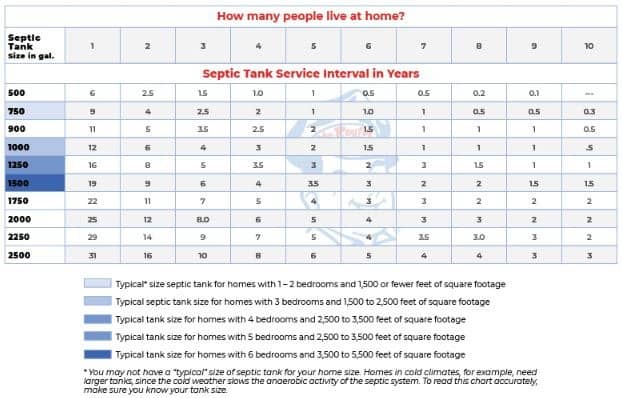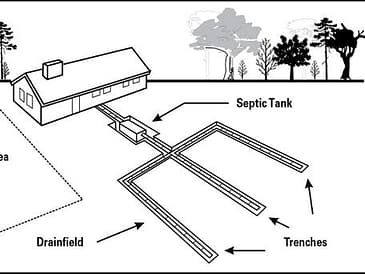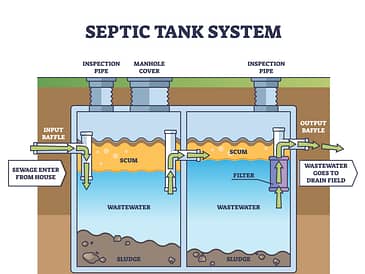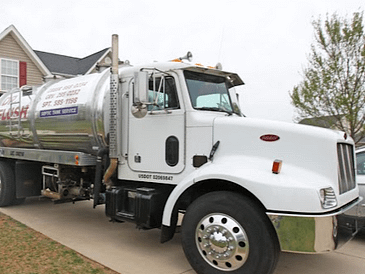Many people assume that a septic system is designed to last for decades, but only about 10 percent of them …


Many people assume that a septic system is designed to last for decades, but only about 10 percent of them …

North Carolina has three main types of septic systems: Chamber, Gravelless, and Aerobic. Choosing the right one depends on the …

Introduction When it comes to septic systems, we often focus on the tank itself, the drain field, and regular maintenance. …

SEPTIFIX tabs are septic tank treatment tablets that are solid, environmentally safe, and OXYGEN releasing. After you flush them down …

If you’re in the process of building a new home or renovating your current one, you might be wondering about …